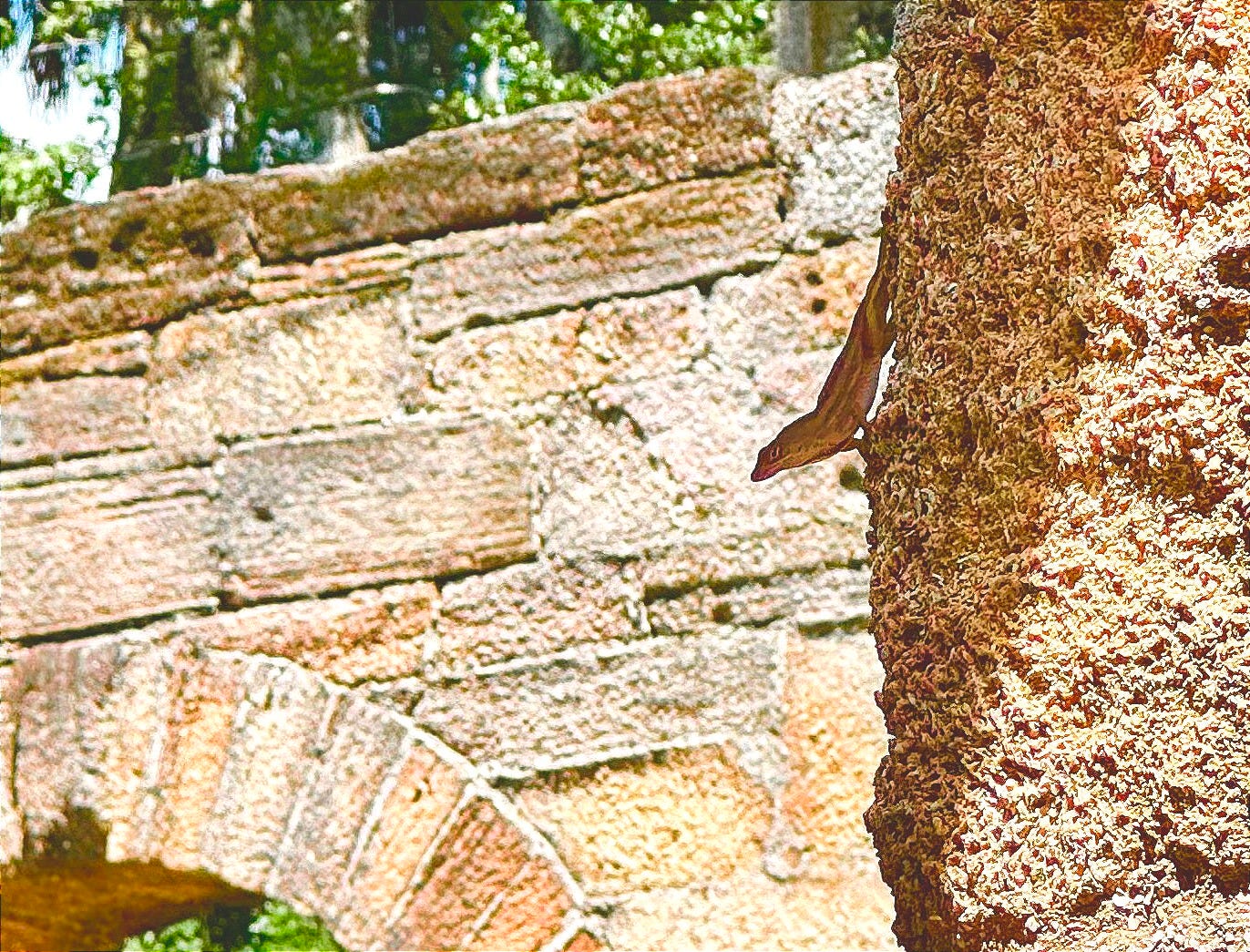Burning New Smyrna
Chapter 11: Let a Rebellion Interrupt Your Beach Day
This part of The Florida War moves from the heart of Seminole territory to the peninsula’s east coast. In the 1830s, sugarcane plantations stretched like beads on a string from St. Augustine south along the sparsely inhabited coast to remote New Smyrna. East of this 70-mile stretch lay the intracoastal waterway and the wide blue Atlantic Ocean. To the west, a tangle of blackwater swamps, sandy pine barrens and densely forested hammocks.
A Day Trip in Ruins
For central Floridians today, the trip east to New Smyrna Beach is a summertime ritual. An hour’s drive, give or take, over the St. Johns River then east at speed on State Road 44 where it’s little more than pine trees, powerlines and maybe a pop-up produce stand. Traffic slows as civilization picks up. Just before the intersection of Chipotle and Publix, a sun-battered road sign reads:
It’s a criminal understatement.
‘Birthplace of Largest Slave Rebellion in U.S. History’ or ‘Crucible of America’s Longest and Deadliest Indian War’ would be better tags. But neither is quite right. Because what happened there on Christmas Day in 1835, and what raged across Florida for the next seven years, was so complicated, such a uniquely Florida story, that it is hard to capture.
So leave it at Sugar Mill Ruins. A knowable fact. Why ruined? Because the people enslaved on the Cruger-DePeyster sugarcane plantation in New Smyrna did indeed burn that mother to the ground. Or a raiding party of Seminoles did. Or an emancipated band of former slaves come to aid their brethren. Probably it was all three.
And it’s a fact that sparks flying from this plantation were just the first. An alliance of Seminoles and Africans went on to burn all of the sugar plantations around New Smyrna and reduced much of the town itself to ashes within a couple of days.
Then they turned the effort north along the Atlantic coast, burning plantations in today’s Port Orange, Daytona, Ormond Beach and beyond. In total, they destroyed almost 20 sugar plantations throughout what are today Volusia and Flagler counties, pushing before them waves of terrified white people racing north for safety behind the gates of St. Augustine.
When the smoke cleared a month later, about 400 people had been liberated from slavery. That number dwarfs any slave revolt over the entire 250-year span of America’s peculiar institution. And in terms of damage inflicted on the slavery apparatus, it was the death knell for Florida’s incipient sugar industry.

This spasm of destruction was an opening salvo for the Second Seminole War. Lasting from 1835 to 1842, it has been called America’s longest, deadliest, and costliest war against native people. But the war cannot be understood without its African dimensions. It was no accident that the first flames of this war engulfed slave plantations.
Today, Volusia County’s Parks, Recreation and Culture Department tends the Sugar Mill Ruins. The little park sits patiently in its rural setting, surrounded by the incessant buzz of cicadas in the thin shade of scrub oaks and tall, spindly cabbage palms. Fire consumed much 190 years ago, but it barely scarred the stout coquina bones of the sugar house and the deep iron cauldrons where the juice of the crushed cane boiled.
If you are headed to New Smyrna Beach, or are within striking distance, it is worth taking that short spur south off S.R. 44 onto Mission Road to see the Sugar Mill Ruins. The beach will be crowded but this park will be peaceful. Bring a cooler, have a picnic, take a walk on the nature trail. Get acquainted with Florida’s creation story.
Next: The battle for sugarcane country — how it all kicked off.






Yes I !!
Thank you for this look back! We go to NSB from time to time and never knew the ruins were there.